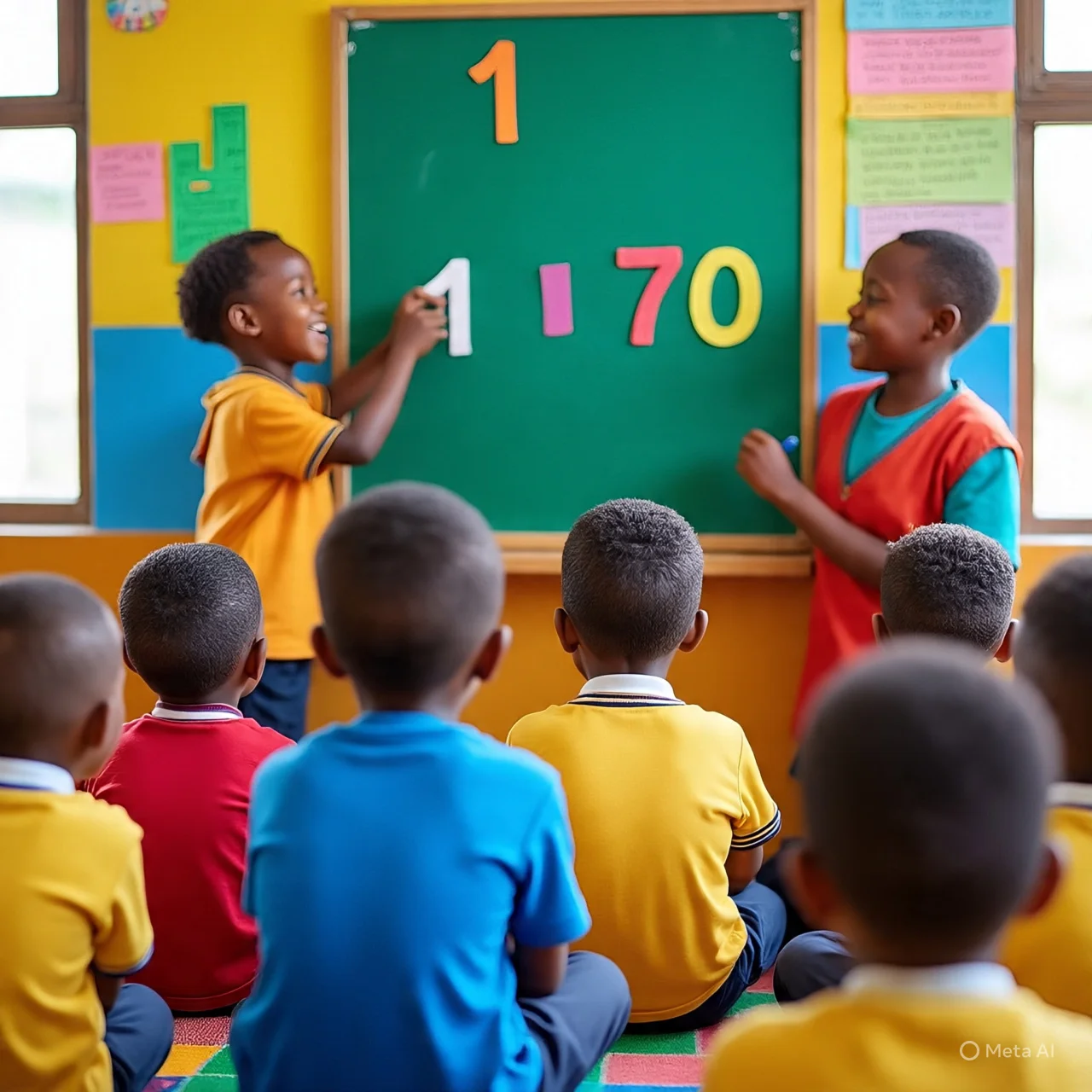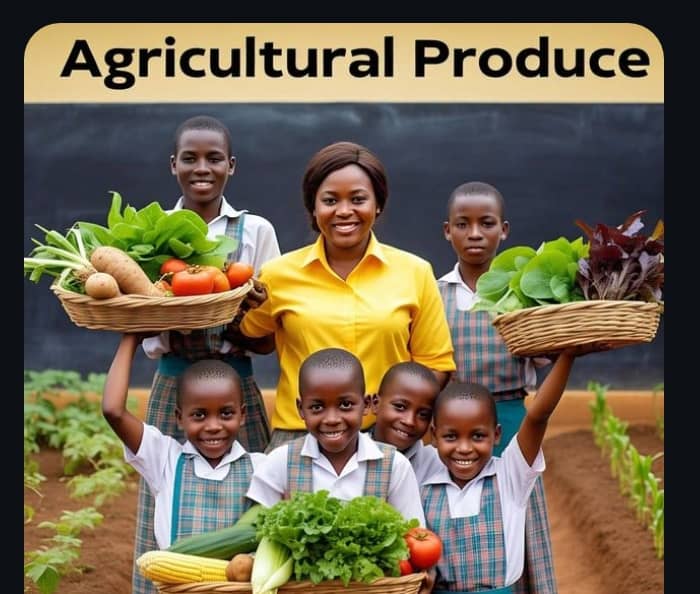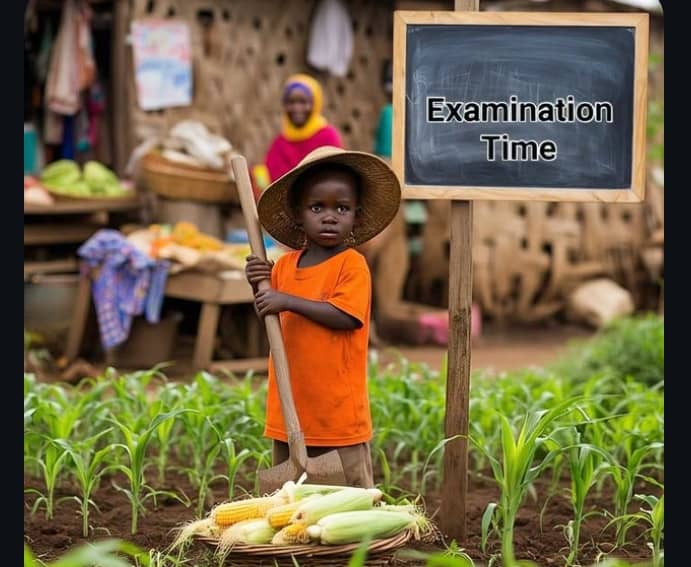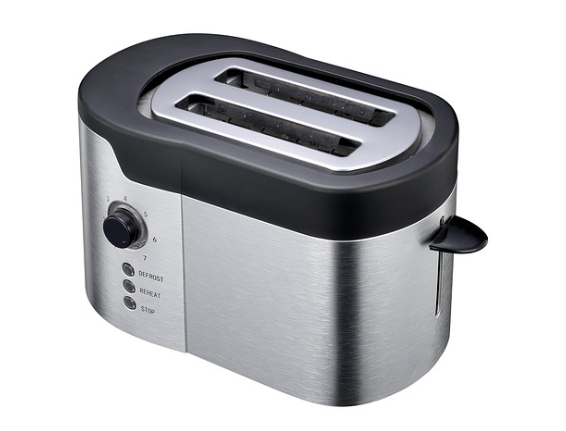Methods of Waste Disposal for Primary 5
PRIMARY 5 BASIC SCIENCE – FIRST TERM
WEEK 10
TOPIC: METHODS OF WASTE DISPOSAL (Paper, Wastewater, Sewage, Bottles, Plastic, etc.)
Duration: 40 minutes
Subject: Basic Science
Class: Primary 5
Learning Objectives
By the end of the lesson, pupils should be able to:
- Identify different types of waste (paper, wastewater, sewage, bottles, plastics, etc.).
- Explain methods of disposing each type of waste properly.
- State the importance of good waste management.
- Demonstrate simple ways to keep their environment clean.
Teaching Materials
- Samples of paper, plastic bottle, nylon (optional)
- Pictures/charts of waste disposal methods
- Short video (if available)
Entry Behaviour
Pupils have seen waste materials around their homes, school, and streets.
Set Induction (Introduction)
Teacher shows pupils a dirty playground or waste-filled gutter picture.
Teacher: “Imagine we walked into school and saw this. How will you feel?”
Allow pupils to respond.
Lead them into the topic: “Today, we will learn how to dispose different types of waste properly.”
Content
1. Meaning of Waste
Waste is anything that is no longer useful and is thrown away.
2. Types of Waste
- Paper waste – used notebooks, cartons, tissues
- Plastic waste – nylon, plastic bottles, sachet water bags
- Glass and bottles – glass cups, glass bottles
- Wastewater – leftover water from washing, bathing, cooking
- Sewage – human waste from toilets
- Food waste – leftovers, peels, spoiled food
- Metal waste – cans, old iron
3. Methods of Waste Disposal
A. Paper Waste
- Recycling – paper can be collected and taken to recycling centers to make new paper.
- Burning (in safe areas) – sometimes done in rural areas, away from houses.
- Proper Dustbin Disposal – putting paper waste in the right wastebin for collection.
B. Plastic Waste
- Recycling – plastics can be melted and used to make new plastic products.
- Reusing – plastic bottles can be reused for water, crafts, or storage.
- Putting in Plastic-Only Bins – to prevent blocking of gutters and drains.
C. Bottles (Glass)
- Recycling – glass bottles are crushed and remade into new bottles.
- Return to Factory – some bottles (like soft drink bottles) can be returned for reuse.
- Proper Disposal – placing broken glass in wrapped paper to prevent injury.
D. Wastewater
- Drainage System – wastewater should be poured into proper drains.
- Treatment – in big cities, wastewater is treated before releasing into rivers.
- Reuse (for plants) – some water used for washing vegetables or rice can be used to water plants.
E. Sewage
- Flush Toilets – connected to sewage tanks or septic tanks.
- Sewage Treatment Plants – treat waste so it becomes harmless.
- Burying – pit latrines used in rural areas.
F. Food Waste
- Composting – turning food waste into manure.
- Feeding animals – some food scraps can be used for poultry or pigs.
- Dustbin Disposal – ensuring food waste is properly sealed to prevent flies.
G. General Waste Disposal Methods
- Incineration – burning waste in large furnaces.
- Landfilling – waste buried in large holes in the ground.
- Recycling – converting waste into new materials.
- Reusing – using an item more than once.
- Composting – turning organic waste to manure.
4. Importance of Proper Waste Disposal
- Keeps the environment clean
- Prevents diseases
- Stops flooding by preventing blocked gutters
- Protects animals and plants
- Makes the environment safe for living
- Reduces pollution
Teacher–Pupil Activities
Teacher Activities
- Demonstrates how to classify waste into different bins.
- Explains each disposal method using examples from Nigeria.
Pupil Activities
- Suggest proper disposal methods.
- Identify waste items from pictures.
- Practice sorting waste into correct bins.
Evaluation (Assessment Questions)
- What is waste?
- Mention three types of waste.
- State two methods of disposing paper waste.
- How can plastic waste be disposed properly?
- What is sewage?
- Mention one importance of proper waste disposal.
- Give two examples of recycling.
Assignment
List five items you can recycle at home and explain how.













